6.5 Creedmoor vs 270 Winchester: Ammo Comparison
The 6.5 Creedmoor and 270 Winchester are often compared and contrasted because it can appear as though they’re similarly matched. Their bullet diameters are very close to the same and when their ballistic similarities exist as well. But do those ballistics stay close at longer distances, or do the two cartridges perform far differently the further you’re shooting? Is 6.5 Creedmoor better than 270 Winchester for precision long-range shooting on steel? Does one cartridge have an edge over the other for hunting? We’re going to compare 6.5 Creedmoor and 270 Winchester to find out once and for all which round is better.
6.5 Creedmoor vs. 270 Winchester Specifications

6.5 Creedmoor
- Final Grade : A
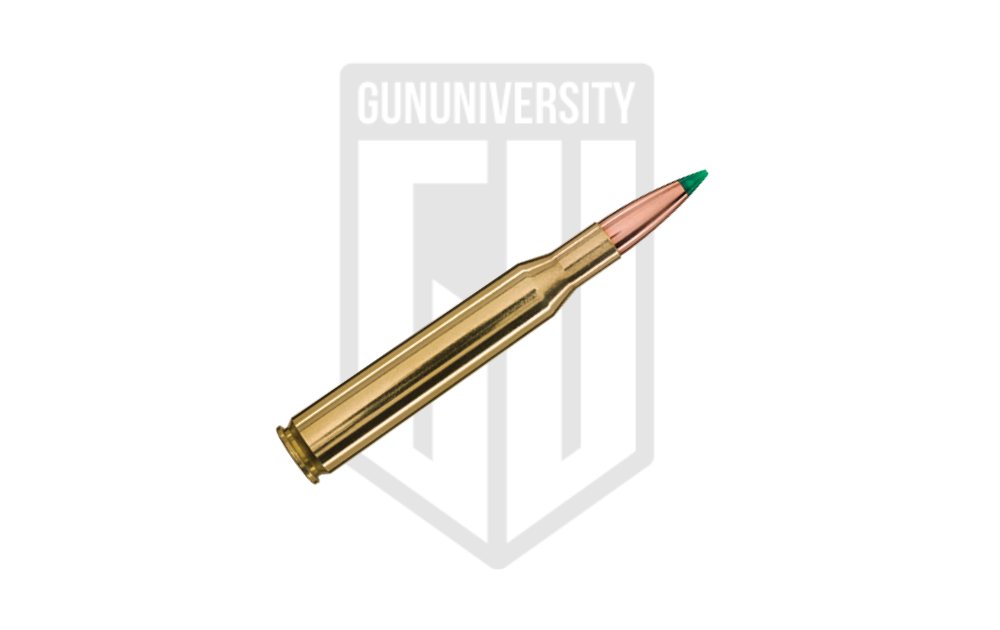
270 Winchester
Why compare 6.5 Creedmoor vs. 270 Winchester?
The interest in figuring out whether 6.5 Creedmoor or 270 Winchester is better stems from their many similarities. The 6.5 Creedmoor is the newcomer to long-range shooting while 270 Winchester has been popular for almost a century. It’s not unusual for people to automatically assume the newer cartridge is going to be better due to advances in technology, but it isn’t always an accurate assumption.
270 Winchester’s bullet diameter is only 0.13 inches larger than the 6.5 Creedmoor. However, the 270 has a significantly longer case length, which means more room for powder. The 270 Winchester has a higher maximum pressure than 6.5 Creedmoor, implying it’s going to deliver better velocity. After all, the bullet isn’t much larger and case capacity is greater, so why wouldn’t 270 Winchester outdo 6.5 Creedmoor? We’re going to answer that question by checking out various loads and comparing their ballistics. But first, let’s take a look at the history of each cartridge.
It’s the cartridge vs. cartridge face-off: 6.5 Creedmoor vs. 270 Winchester.
6.5 Creedmoor Review
For years now, 6.5 Creedmoor has been a popular cartridge for long-range shooting. It promises less felt recoil than similar-sized cartridges, longer barrel life than many others, and a flat trajectory. Then there’s the fact that it’s capable of extreme precision on target. When someone asks for a suggestion for a long-range rifle, you can be sure there will be a lot of suggestions for guns chambered in 6.5 Creedmoor. There’s certainly good reason for its popularity. But, you have to wonder whether it’s truly as fantastic as its marketing implies.
6.5 Creedmoor History and Purpose
It was 2007 when the 6.5 Creedmoor was designed, giving it a current production timeframe of under two decades. By ammo standards, that’s young/new. This cartridge was created by Dave Emary, the senior ballistic scientist at Hornady, at the behest of Dennis DeMille, vice-president of product development for Creedmoor Sports. As a seasoned and talented competitive shooter, DeMille knew it was time for a better factory round for precision long range use. It’s not that there was anything wrong with hand loads, only that it would be ideal for a top-performing factory round to exist. DeMille wanted an out-of-the-box cartridge that could perform at national-level competitions, and he had an idea where to get started.
As most cartridges do, 6.5 Creedmoor got its start as a wildcat. When DeMille first got interested in creating it, the cartridge was loosely based on the 6mm XC used by champion shooter David Tubb. Tubb even had a rifle made specifically for his beloved 6mm XC. However, using the 6mm XC meant hand loading. Since it was a wildcat, there was no standardized loading data. That meant there were quite a few different data sheets circulating with no agreed-upon standard. DeMille wanted to do better, and he went to Emary for help. DeMille had certain requirements for the new cartridge, such as the need to fit a certain magazine size while using 6mm bullets. He wanted it to deliver felt recoil less than 308 Winchester. In addition, this new creation should have a high ballistic coefficient, a flat trajectory, and barrels should have a long life instead of burning out quickly. Reloading data, DeMille said, should be printed on the ammo boxes. DeMille and Emary agreed on a variety of expectations for the cartridge, and Emary went to work.
The 6.5 Creedmoor was approved by SAAMI in 2008. It was immediately a fantastic long-range option in a niche way, and it gained popularity bit by bit. But it wasn’t until a few years had passed that it really took off. But when it did take off, it was a hit. Today the 6.5 Creedmoor is favored by long-range shooters and hunters alike and the options available for firearms and ammunition are practically endless. Here are some of our favorite rifles chambered in 6.5 Creedmoor.
Pros and Cons of 6.5 Creedmoor vs. 270 Winchester
- Trajectory – 6.5 Creedmoor produces a flatter trajectory at longer ranges than the 270 Winchester.
- Ballistic Coefficient – The 6.5 Creedmoor has a higher ballistic coefficient than the 270 Winchester does.
- Energy – 6.5 Creedmoor produces more energy at longer distances than the 270 Winchester.
- Velocity – The 6.5 Creedmoor doesn’t have as much velocity as 270 Winchester.
- Price – 6.5 Creedmoor is often more expensive than 270 Winchester.
- Barrel Life – 6.5 Creedmoor barrels tend to wear out faster than 270 Winchester barrels.
Best Ammo for 6.5 Creedmoor
For the 6.5 Creedmoor, you have quite a few ammo options. These are our top task-specific picks for 6.5 Creedmoor:
Hunting Ammo
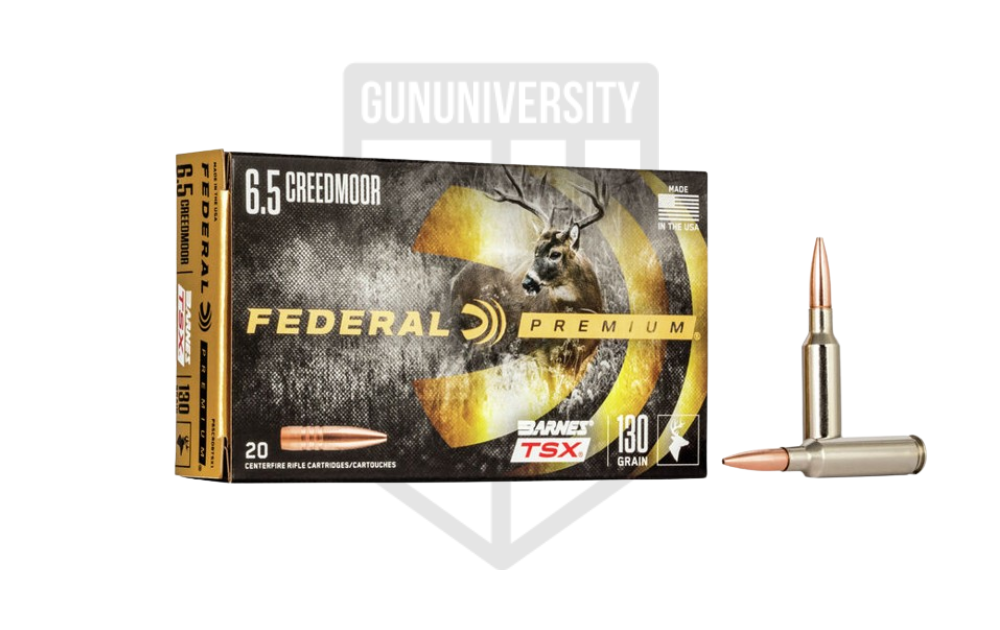
Federal Premium 6.5 Creedmoor 130 Gr Barnes TSX
Marketplace |
Cost Per Round |
| Gun Deals | $1.85 |
| Sportsman’s Guide | $2.44 |
| Guns.com | $2.44 |
Match grade/versatile use
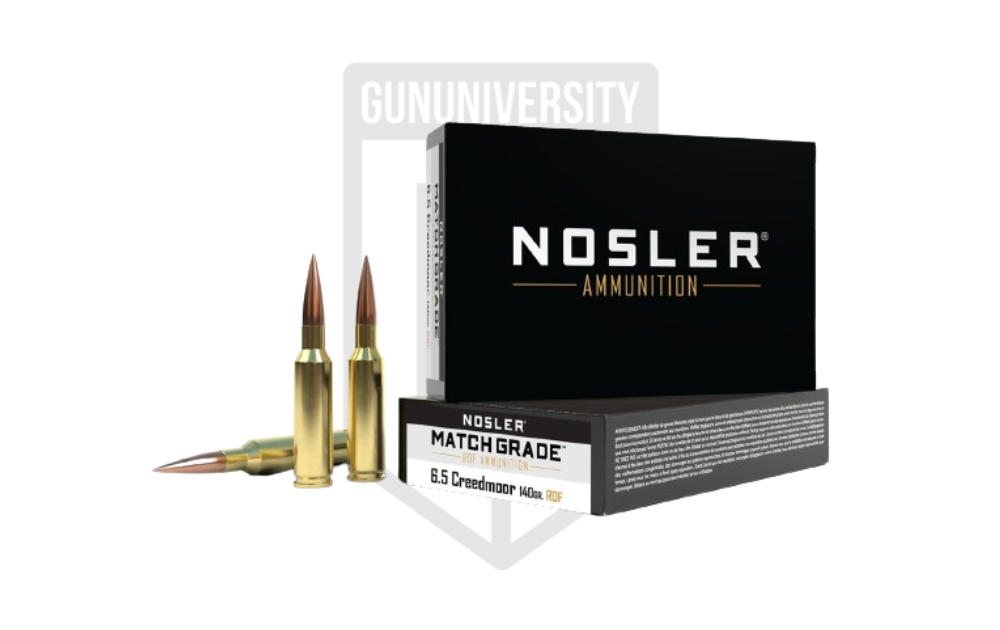
Nosler Match Grade 6.5 Creedmoor 140 Gr RDF
Marketplace |
Cost Per Round |
| Gun Deals | $1.84 |
| Firearms Depot | $2.11 |
| Guns.com | $2.39 |
Practice Ammo
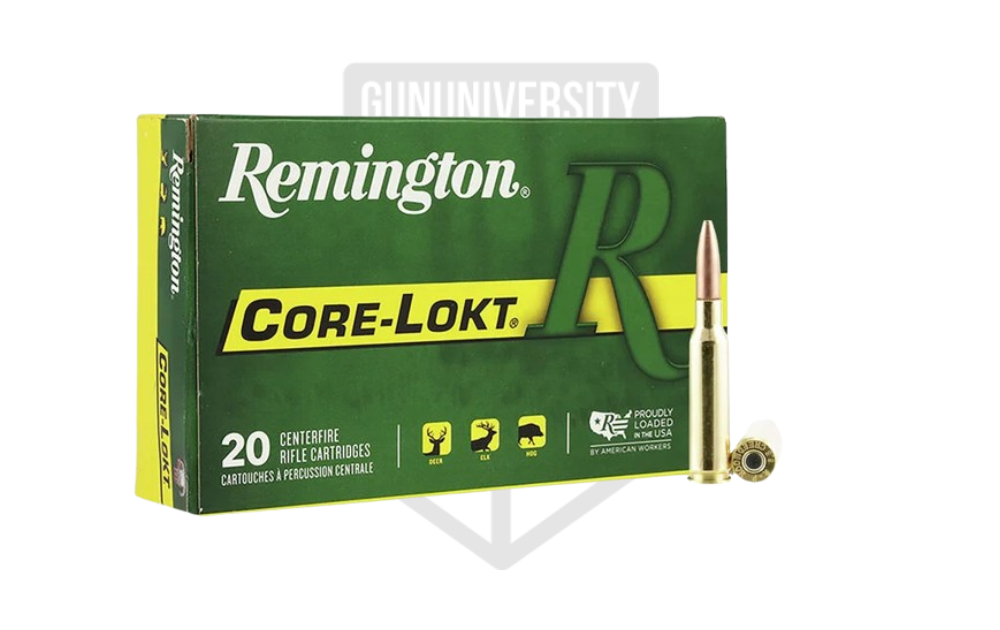
Remington Core Lokt 6.5 Creedmoor 140 Gr Core Lokt Soft Point
Marketplace |
Cost Per Round |
| Gun Deals | $1.24 |
| Guns.com | $1.49 |
| Sportsman’s Guide | $1.54 |
270 Winchester Review
The 270 Win was designed in 1923 by Winchester, meaning it’s now 100 years old. A century of use has refined loads and allowed the implementation of advances in technology, meaning the 270 Win is better than ever. This cartridge sees a lot of use among hunters and precision shooters, but is it any better than 6.5 Creedmoor? What is there to recommend the use of a 270 Win over a 6.5 Creedmoor?
270 Winchester History and Purpose
The story of the 270 Win actually starts with the 30-06 Springfield. That’s because it was created to be the next popular big game cartridge. Its parent cartridge was the already-beloved 30-06 Springfield. The team at Winchester believed if they based the new cartridge off the existing one—the cartridge known for being capable of taking any big game in North America—it would be a success. And, in fact, it did work out that way.
To make 270 Win, the 30-06 Springfield case was necked down and the bullet used had a slightly smaller diameter. This was a first-of-its-kind cartridge, because the 270 Win was the first Western-designed cartridge to have a bullet with that diameter. Winchester designed it to produce significant velocity—greater than that of its parent cartridge—while delivering a flatter trajectory and superior performance on big game.
It was 1925 when the new cartridge was released under the name 270 WCF (Winchester Centerfire). The first rifle made chambered for it was Winchester’s Model 54, which was a bolt-action. Interestingly, the Model 54 was the first top seller Winchester had for a rifle made for the public. One reason it did so well is thanks to the late outdoor writer Jack O’Connor, who used it extensively. O’Connor was the Shooting Editor of Outdoor Life for a long time, and prior to his death in 1978, he wrote at great length about the amazing performance of 270 Win.
Pros and Cons of 270 Winchester vs 6.5 Creedmoor
- Bullet Size – 270 Win has a slightly larger bullet diameter, which can translate to larger wound cavities on game animals.
- Velocity – The 270 Win typically generates higher muzzle velocity than 6.5 Creedmoor.
- Price – 270 Win is more affordably priced than 6.5 Creedmoor.
- Velocity – The 270 Win tends to lose velocity more quickly than 6.5 Creedmoor does.
- Range – 270 Win doesn’t have the effective range of 6.5 Creedmoor.
- Ballistics – 270 Win doesn’t have as good of a ballistic coefficient as the 6.5 Creedmoor.
Best Ammo for 270 Winchester
Prefer the 270 Win? There are quite a few different ammunition options on the market. These are our top task-specific picks for 270 Win:
Hunting Ammo

Nosler Trophy Grade 270 Win 150 Gr Partition
Marketplace |
Cost Per Round |
| Gun Deals | $2.49 |
| GunMag Warehouse | $2.89 |
| Optics Planet | $3.15 |
| Sportsman’s Warehouse | $3.65 |
Practice Ammo
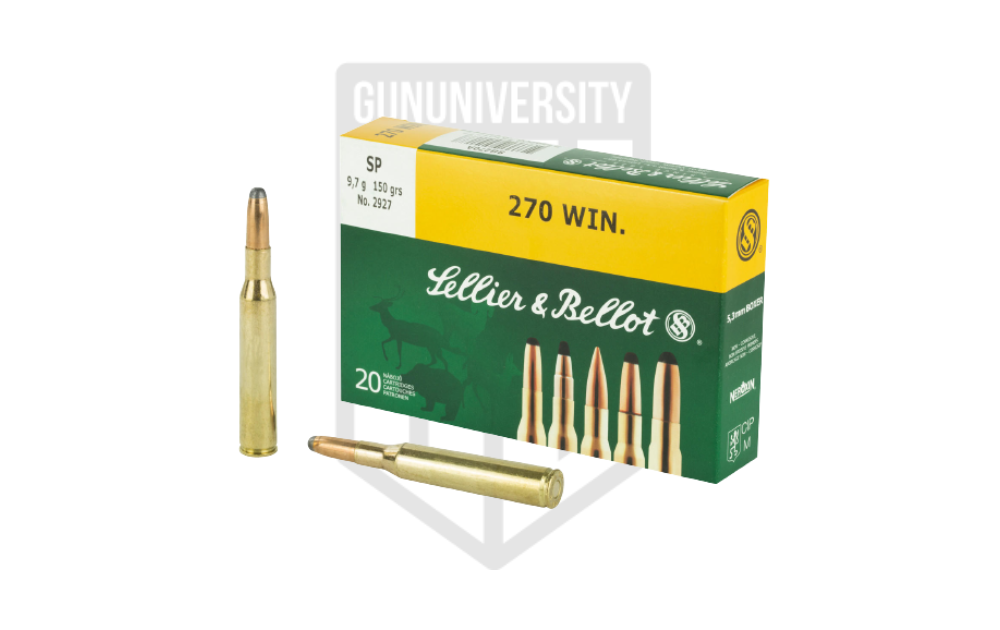
Sellier & Bellot 270 Win 150 Gr SP
Marketplace |
Cost Per Round |
| Gun Deals | $0.85 |
| Firearms Depot | $0.92 |
| Guns.com | $1.04 |
| Gritr Sports | $1.21 |
Match Ammo
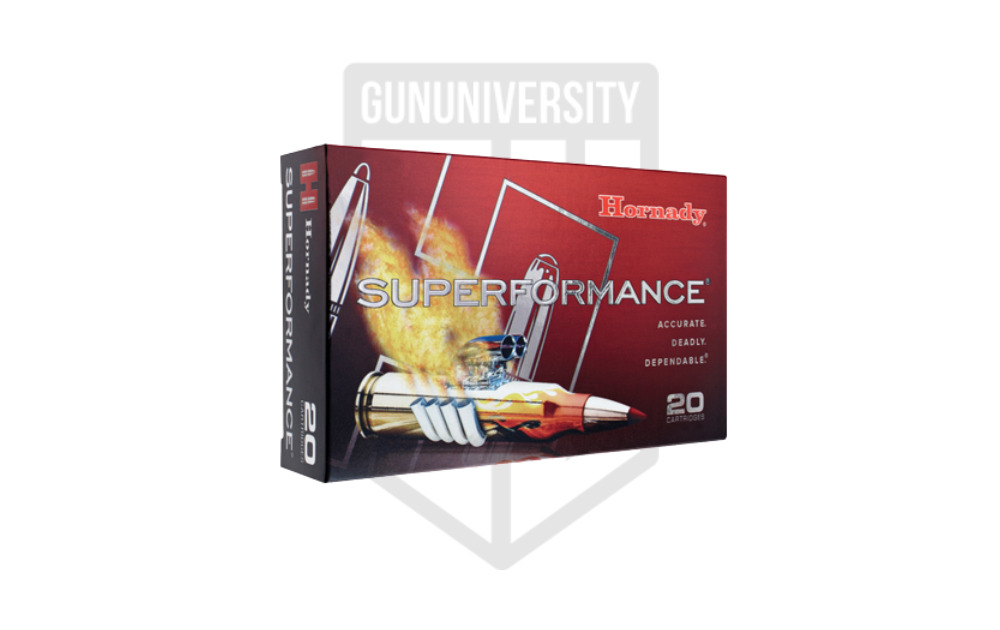
Hornady Superformance 270 Win 130 Gr Polymer Tip CX
Marketplace |
Cost Per Round |
| Gun Deals | $1.72 |
| Gritr Sports | $1.72 |
| Sportsman’s Guide | $2.29 |
| Brownells | $2.13 |
Ballistics Comparison: 6.5 Creedmoor vs. 270 Winchester
We still haven’t really addressed how evenly matched—or different—6.5 Creedmoor vs. 270 Winchester are from a ballistic standpoint. We know 6.5 Creedmoor has a better ballistic coefficient than 270 Winchester, and we know 270 Winchester produces higher muzzle velocities than 6.5 Creedmoor. But what does that really mean? Which cartridge is better for hunting, and which one’s the winner for long-range precision?
To compare cartridges beyond 100 yards, we’re going to take a look at a few different loads. First, let’s consider Nosler Match Grade 6.5 Creedmoor 140 grain RDF with a ballistic coefficient of 0.658 against Nosler Trophy Grade 270 Win 150 grain with a ballistic coefficient of 0.465.
| Distance (yards) | Nosler Match Grade 6.5 Creedmoor 140 grain RDF Velocity (fps) | Nosler Match Grade 6.5 Creedmoor 140 grain RDF Energy (ft-lbs) | Nosler Trophy Grade 270 Win 150 grain Partition Velocity (fps) | Nosler Trophy Grade 270 Win 150 grain Partition Energy (ft-lbs) |
|---|---|---|---|---|
| 0 | 2650 | 2183 | 2800 | 2611 |
| 100 | 2518 | 1970 | 2601 | 2254 |
| 200 | 2384 | 1767 | 2411 | 1926 |
| 300 | 2255 | 1581 | 2229 | 1655 |
| 400 | 2131 | 1411 | 2055 | 1407 |
| 500 | 2010 | 1256 | 1889 | 1189 |
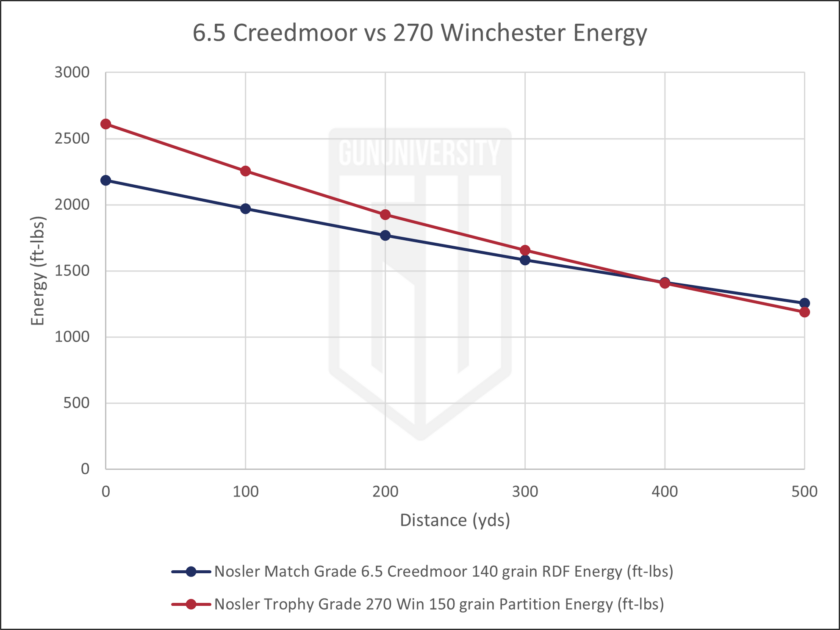
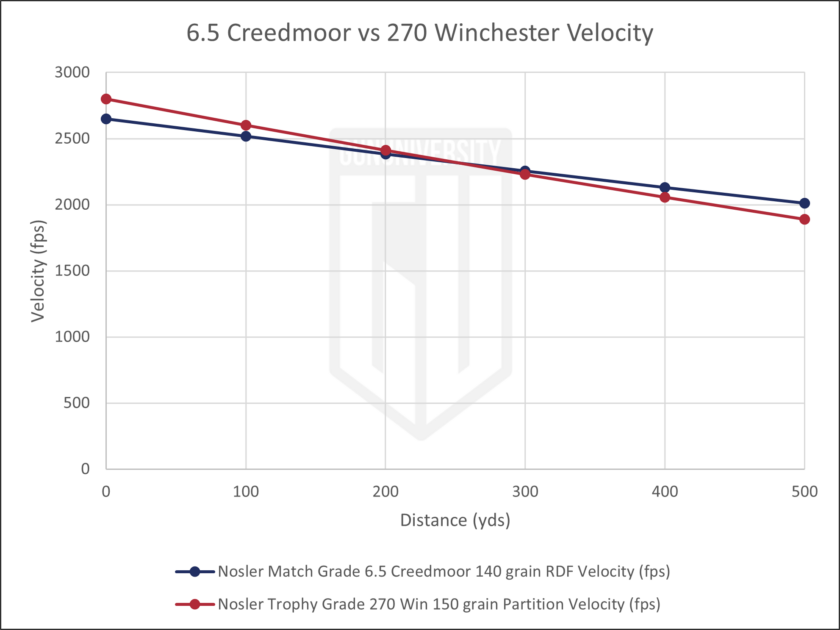
As you can see in the ballistic table above, the 270 Winchester produces slightly more velocity from the muzzle, and even when it drops off around 300 yards, the two cartridges are closely matched. As for energy, the 270 Win produces more energy from the muzzle and when it drops off, the difference between the two is small. Using this chart as a comparison, the 6.5 Creedmoor and 270 Win appear somewhat evenly matched—at least the variations aren’t too extreme.
Let’s try comparing target loads with the Remington Core Lokt 6.5 Creedmoor 140 grain Core Lokt Soft Point with a ballistic coefficient of 0.410 and Sellier & Bellot 270 Win 150 grain SP with a ballistic coefficient of 0.266. Does it stay the same, or do the results vary more significantly?
| Distance (yards) | Remington Core Lokt 6.5 Creedmoor 140 grain Core Lokt Soft Point Velocity (fps) | Remington Core Lokt 6.5 Creedmoor 140 grain Core Lokt Soft Point Energy (ft-lbs) | Sellier & Bellot 270 Win 150 grain SP Velocity (fps) | Sellier & Bellot 270 Win 150 grain SP Energy (ft-lbs) |
|---|---|---|---|---|
| 0 | 2700 | 2266 | 2641 | 2324 |
| 100 | 2484 | 1918 | 2317 | 1788 |
| 200 | 2278 | 1613 | 2016 | 1354 |
| 300 | 2082 | 1347 | 1676 | 1009 |
| 400 | 1895 | 1116 | 1495 | 744 |
| 500 | 1721 | 921 | 1287 | 552 |
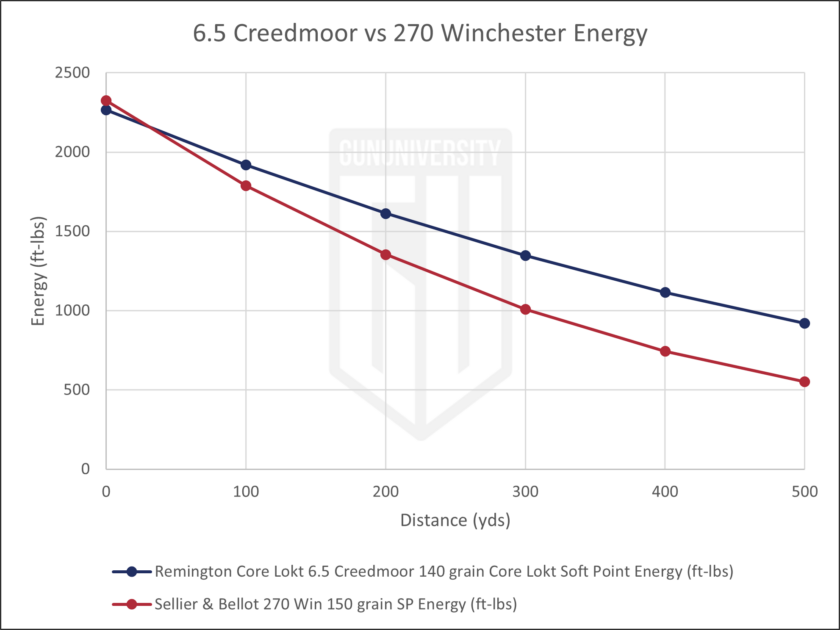
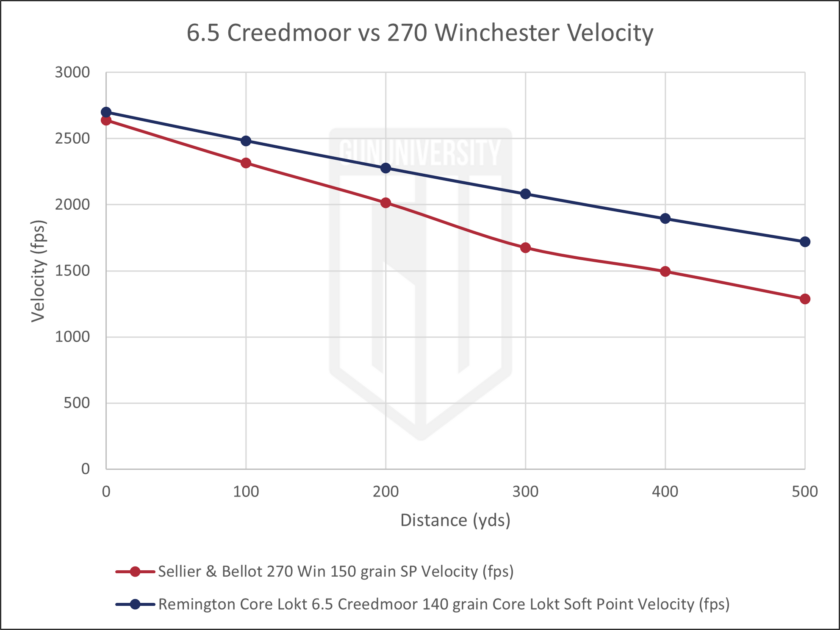
There’s a much more noticeable difference between these two loads. In this case, 6.5 Creedmoor almost matches 270 Win’s muzzle velocity and by 100 yards the 270 Win is slowing down quite a bit in comparison. Energy is the same; by 500 yards, 270 Win is producing 400 ft-lbs less energy. Let’s consider trajectory for the same two loads:
| Distance (yards) | Remington Core Lokt 6.5 Creedmoor 140 grain Core Lokt Soft Point Drop (inches) | Remington Core Lokt 6.5 Creedmoor 140 grain Core Lokt Soft Point Wind Drift (inches) | Sellier & Bellot 270 Win 150 grain SP Drop (inches) | Sellier & Bellot 270 Win 150 grain SP Wind Drift (inches) |
|---|---|---|---|---|
| 0 | 0.9 (50yds) | 0.0 | -1.5 | 0.03 |
| 100 | 2.1 | 0.8 | 0.0 | 1.4 |
| 200 | 0.0 | 3.4 | -5.01 | 5.84 |
| 300 | -8.8 | 8.2 | -18.70 | 14.06 |
| 400 | -25.5 | 15.0 | -43.94 | 26.83 |
| 500 | -52.2 | 24.9 | -84.85 | 44.98 |
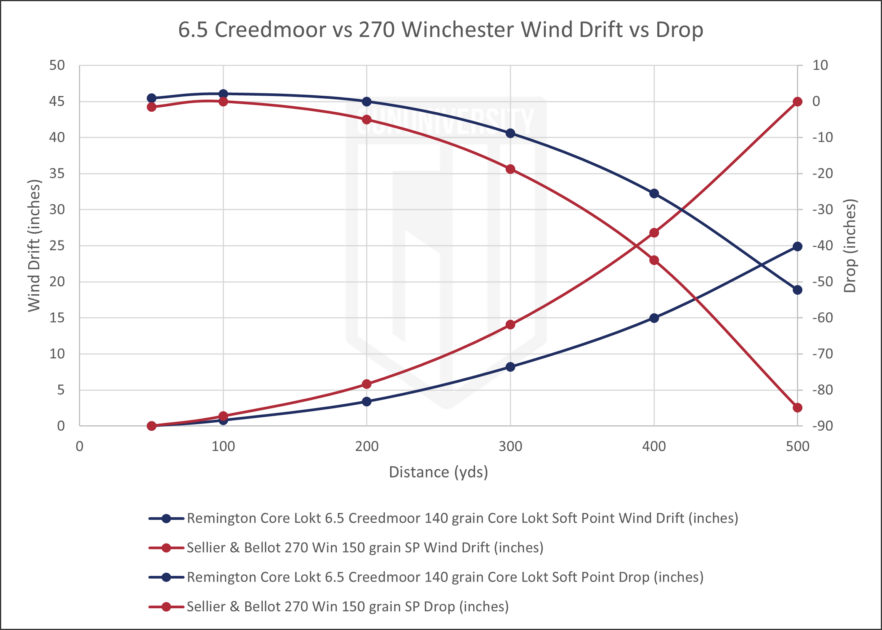
Here we can see the drop and drift of this 270 Win load is more extreme than that of the 6.5 Creedmoor. You could try to say the 270 Win drops more because it was zeroed at 100 yards rather than 200 yards. However, the differences are too significant to be only that. Also, the drift is twice that of the 6.5 Creedmoor at 500 yards. That is with both measured from the muzzle. When you take trajectory into consideration, it looks like the 6.5 Creedmoor is a better performer at longer distances.
Taken as a whole, it appears the two cartridges might be considered a similar match at close range. It’s once you get beyond the first 200 yards—give or take—that the differences begin to stand out. So, which is better? Let’s consider all aspects.
Our Take – 6.5 Creedmoor vs. 270 Winchester
The 6.5 Creedmoor delivers a better trajectory at longer distances. Of course, depending on the specific load, you might find 270 Winchester produces better velocity and energy that first couple hundred yards. That detail is important for hunters. This means that, like all things gun related, it’s the purpose that declares the winner.
If you’re going to focus on long-range shooting or hunting, go for the 6.5 Creedmoor. The ballistics and trajectory speak for themselves. However, most hunters don’t take shots beyond around 150 yards, which means the 270 Win will deliver more reliable results on big game. That is, after all, what it was created to do, and it still does it. But if you’re chasing something like mule deer and might be taking a truly long shot, you might want to consider using 6.5 Creedmoor.
Long-range shooters should go for the 6.5 Creedmoor, no doubt. But that doesn’t meant the 270 Win doesn’t still come out the clear winner in certain scenarios. Make sure you’re familiar with the performance of your gun and ammo combo and you’ll have far greater success whatever distance you’re shooting.
Do you prefer 6.5 Creedmoor or 270 Win? Tell us about your experiences in the comments.
Recent Posts
December 20, 2025
December 15, 2025
December 15, 2025
December 12, 2025




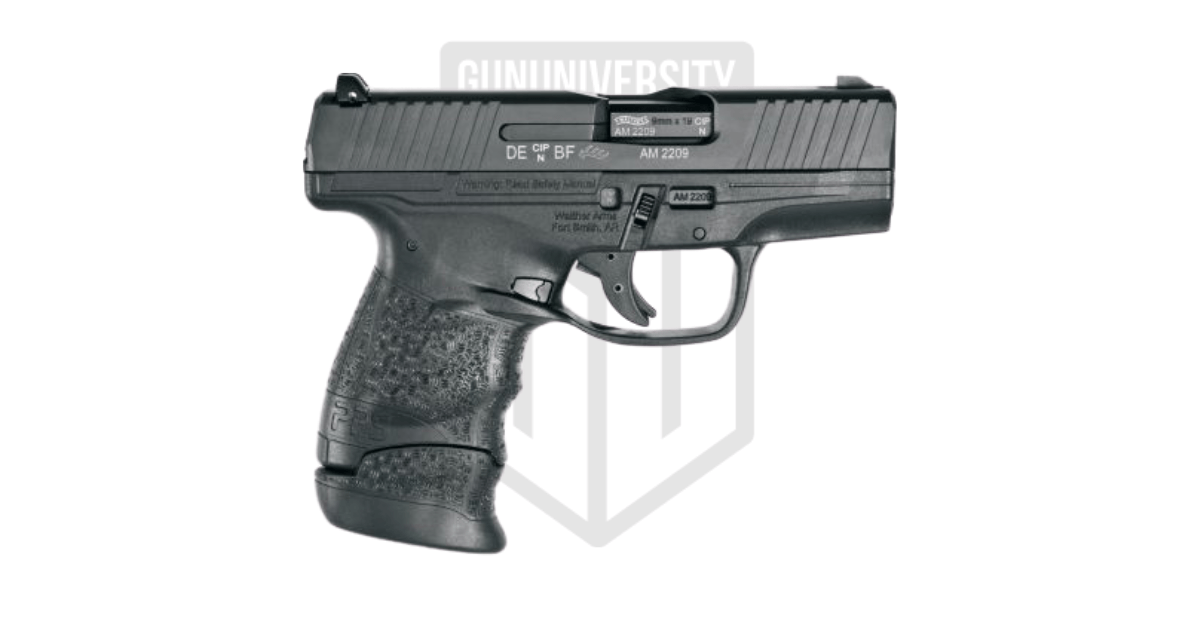
Great article! Well researched and well presented! Very impressed. As a previous gun article writer myself, I would think this young lady will go far.